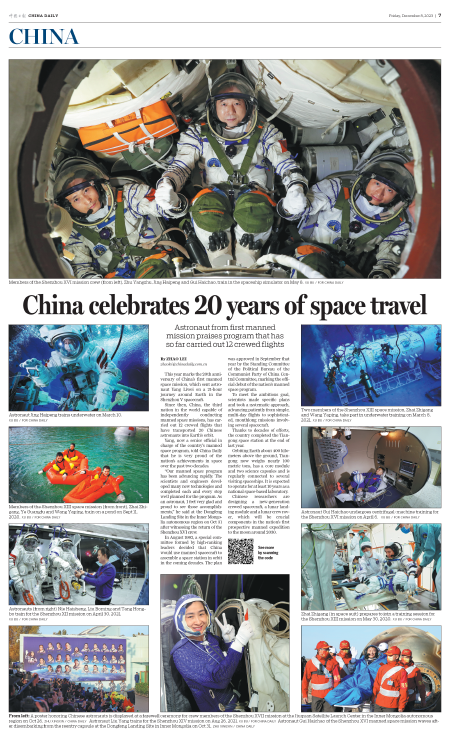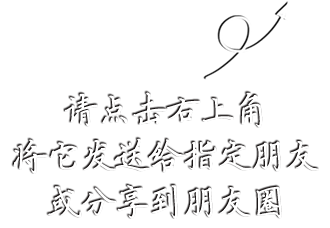
See more by scanning the code
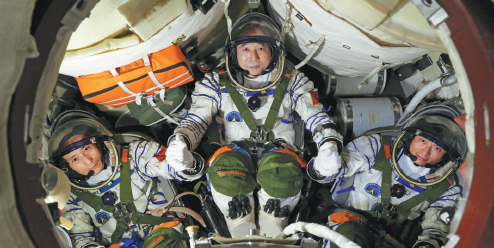
Members of the Shenzhou XVI mission crew (from left), Zhu Yangzhu, Jing Haipeng and Gui Haichao, train in the spaceship simulator on May 8.

Astronaut Jing Haipeng trains underwater on March 10.
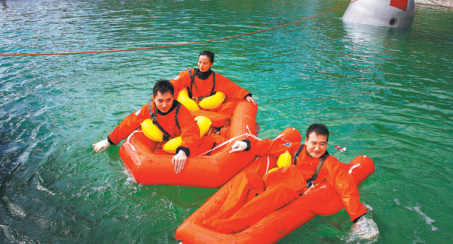
Members of the Shenzhou XIII space mission (from front), Zhai Zhigang, Ye Guangfu and Wang Yaping, train on a pond on Sept 11, 2020.
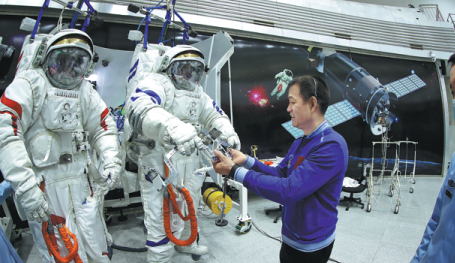
Astronauts (from right) Nie Haisheng, Liu Boming and Tang Hongbo train for the Shenzhou XII mission on April 30, 2021.
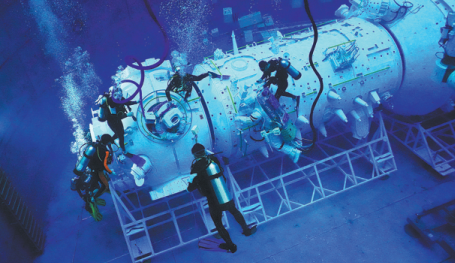
Two members of the Shenzhou XIII space mission, Zhai Zhigang and Wang Yaping, take part in underwater training on March 8, 2021.
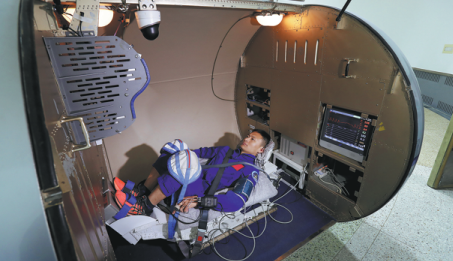
Astronaut Gui Haichao undergoes centrifugal-machine training for the Shenzhou XVI mission on April 6.
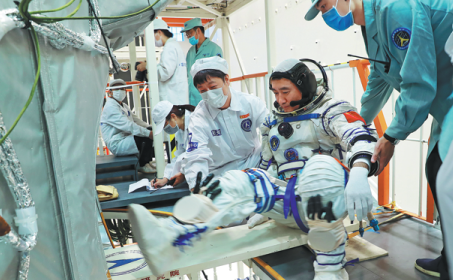
Zhai Zhigang (in space suit) prepares to join a training session for the Shenzhou XIII mission on May 30, 2020.
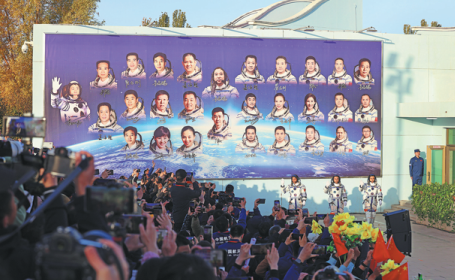
A poster honoring Chinese astronauts is displayed at a farewell ceremony for crew members of the Shenzhou XVII mission at the Jiuquan Satellite Launch Center in the Inner Mongolia autonomous region on Oct 26.

Astronaut Liu Yang trains for the Shenzhou XIV mission on Aug 26, 2021.
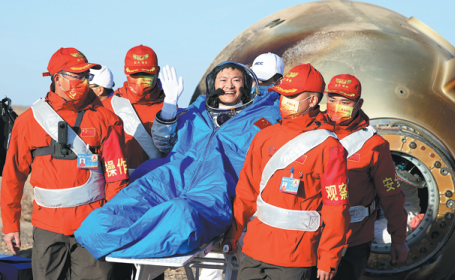
Astronaut Gui Haichao of the Shenzhou XVI manned space mission waves after disembarking from the reentry capsule at the Dongfeng Landing Site in Inner Mongolia on Oct 31.
This year marks the 20th anniversary of China's first manned space mission, which sent astronaut Yang Liwei on a 21-hour journey around Earth in the Shenzhou V spacecraft.
Since then, China, the third nation in the world capable of independently conducting manned space missions, has carried out 12 crewed flights that have transported 20 Chinese astronauts into Earth's orbit.
Yang, now a senior official in charge of the country's manned space program, told China Daily that he is very proud of the nation's achievements in space over the past two decades.
"Our manned space program has been advancing rapidly. The scientists and engineers developed many new technologies and completed each and every step we'd planned for the program. As an astronaut, I feel very glad and proud to see those accomplishments," he said at the Dongfeng Landing Site in the Inner Mongolia autonomous region on Oct 31 after witnessing the return of the Shenzhou XVI crew.
In August 1992, a special committee formed by high-ranking leaders decided that China would use manned spacecraft to assemble a space station in orbit in the coming decades. The plan was approved in September that year by the Standing Committee of the Political Bureau of the Communist Party of China Central Committee, marking the official debut of the nation's manned space program.
To meet the ambitious goal, scientists made specific plans and took a systematic approach, advancing patiently from simple, multi-day flights to sophisticated, monthlong missions involving several spacecraft.
Thanks to decades of efforts, the country completed the Tiangong space station at the end of last year.
Orbiting Earth about 400 kilometers above the ground, Tiangong now weighs nearly 100 metric tons, has a core module and two science capsules and is regularly connected to several visiting spaceships. It is expected to operate for at least 10 years as a national space-based laboratory.
Chinese researchers are designing a new-generation crewed spacecraft, a lunar landing module and a lunar crew rover, which will be crucial components in the nation's first prospective manned expedition to the moon around 2030.
zhaolei@chinadaily.com.cn
